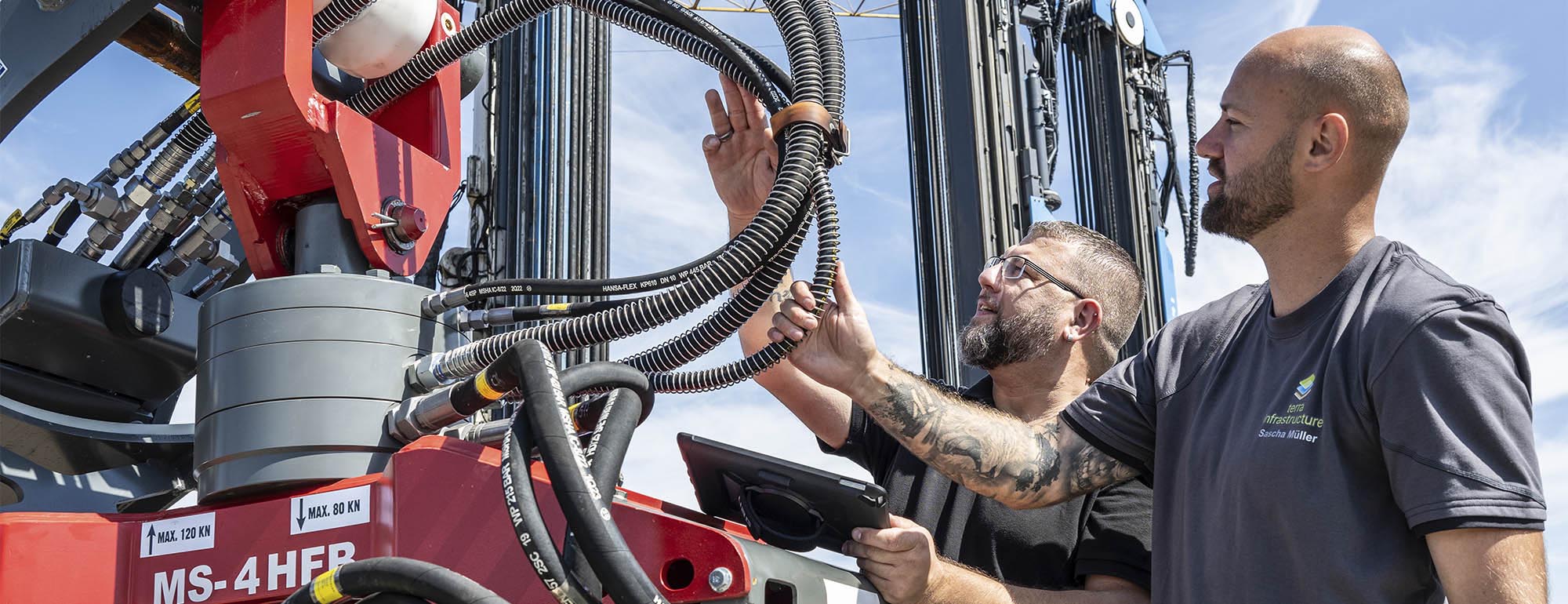Sustainable cement production
Clean pipes, clean oil





Do you have any questions about our services and products? Or do you need help?
Sundays and public holidays are excluded

How Holcim turns a by-product of pig iron production into a valuable raw material for cement production, and why clean hydraulic oil is indispensable.






A building site surrounded by water? terra infrastructure makes it possible, while HANSA-FLEX provides the heavy-duty hydraulics required.

Individual requirements, standardised solutions: at the customer's request Kiesel equips excavators with a wide variety of attachments and conversions. Hose line kits from HANSA-FLEX play an important part in this.

The HANSA-FLEX Fluid Service in operation at Holcim: how clean oil contributes to sustainable cement production.